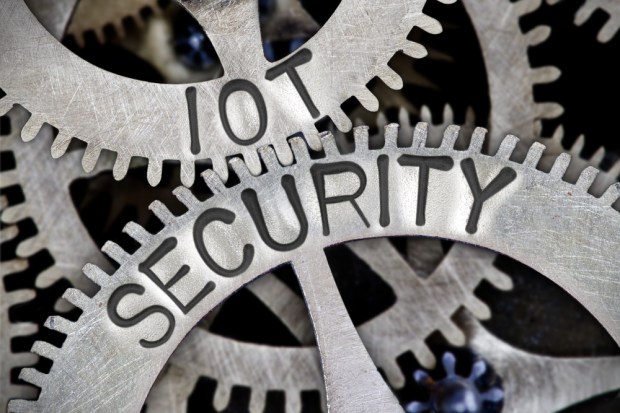The Building Block(chain) Of Trust In The IoT’s Data Deluge

The data deluge is here, rendered across devices from smartphones to smart fridges to smart cars to fitness trackers.
And where there’s data, as always, there are the questions of data security, and how different devices interact in real time.
If the trend is toward better security and visibility of data, CPChain (short for Cyber Physical Chain) earlier this month announced the launch of PDash, which is an infrastructure architecture (via blockchain) that seeks to boost the security of the Internet of Things (IoT).
At a basic level, the chain that is provided – and the wallet, market and network features offered through PDash — connect data and devices through its infrastructure, sharing information effectively and securely.
The company has said that the transfer of encrypted data on a blockchain can lead to better security, and the wallet function lets users both view and purchase data (or sell it) via the marketplace.
Use cases, according to CPChain, can span verticals as far flung as financial services and supply chains, medical devices and transportation.
Data, of course, holds value throughout the commercial applications and research fields. For example, based on traffic travel data, deep learning is used to train more accurate and efficient path planning algorithms. Medical care organizations can design more customized care plans using sensor data such as cameras to more accurately determine a patient’s condition.
In an interview with PYMNTS conducted through written exchange, Dr. Long Chengnian, founder and CEO of CPChain, said that traditional IoT architecture faces the common problems in connection costs and trust.
Those pain points exist against a backdrop where the actual use of IoT devices is on the upswing. He noted that within just two years, as estimated by IBM Research, the world will have more than 30 billion connected devices.
“However,” he told PYMNTS, “the existing IoT solutions are marked by high costs and mostly ‘chimney-type’ vertical architecture. The data centers are built for one single project and each IT system has its own management tools and databases, forming an isolated island of information in the era of billions of connected devices. Therefore, the current inefficient architecture cannot satisfy the demand.”
And, in an era of connectivity, he continued, “the concept of ‘closed is safe’ in the current centralized architecture is out of date. The new technology represented by the blockchain is building a brand-new ‘open is secure’ interconnection of all things.”
In a truly global web of interconnected devices, said Long, IoT systems generate large amounts of data constantly. However, under the “chimney-shaped” island system, a large amount of traffic data is held by a few centralized platforms, in which case efficient interconnection cannot be achieved.
Small and medium-sized companies cannot take advantage of these resources, he added, nor can universities and other research institutions.
Long told PYMNTS that first and foremost, blockchain can provide a “mutual trust data exchange platform for devices of different manufacturers and protocols to solve the problems of interoperability and interconnection.”
Blockchain also provides a consensus mechanism for data transaction, and offers traceability, he said.
In an effort to help foster data sharing in a secure environment, PDash deploys custom-made smart contracts to, as Long put it, “economically reward” participants on the platform for offering high-quality data, while punishing those who provide fake data.
He explained that PDash enacts a set of rules that regulate how tokens are distributed to data providers and consumers.
Specifically, participants in the market system pre-deposit a certain amount of tokens into the blockchain. If a transaction completes successfully, then the smart contract will transfer consumer’s money to the provider and the proxy, where the proportion depends on the service type.
“On the other hand, if fraudulent trading happens, the contract will confiscate the provider’s pre-deposited tokens, meanwhile reimbursing the consumer,” said Long.
Asked about trends and early adopters of a marketplace geared toward such secure data trading, he said that intelligent transportation and intelligent medical systems are most likely to be the first movers to adopt such trading.
“For transportation, real-time trajectories can shared among nearby vehicles. This helps to evaluate the road traffic. It also promotes the safety of autonomous cars,” he said. In the medical field, he said, patient data can be shared anonymously.
